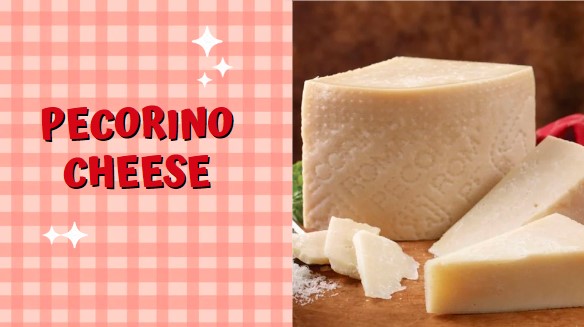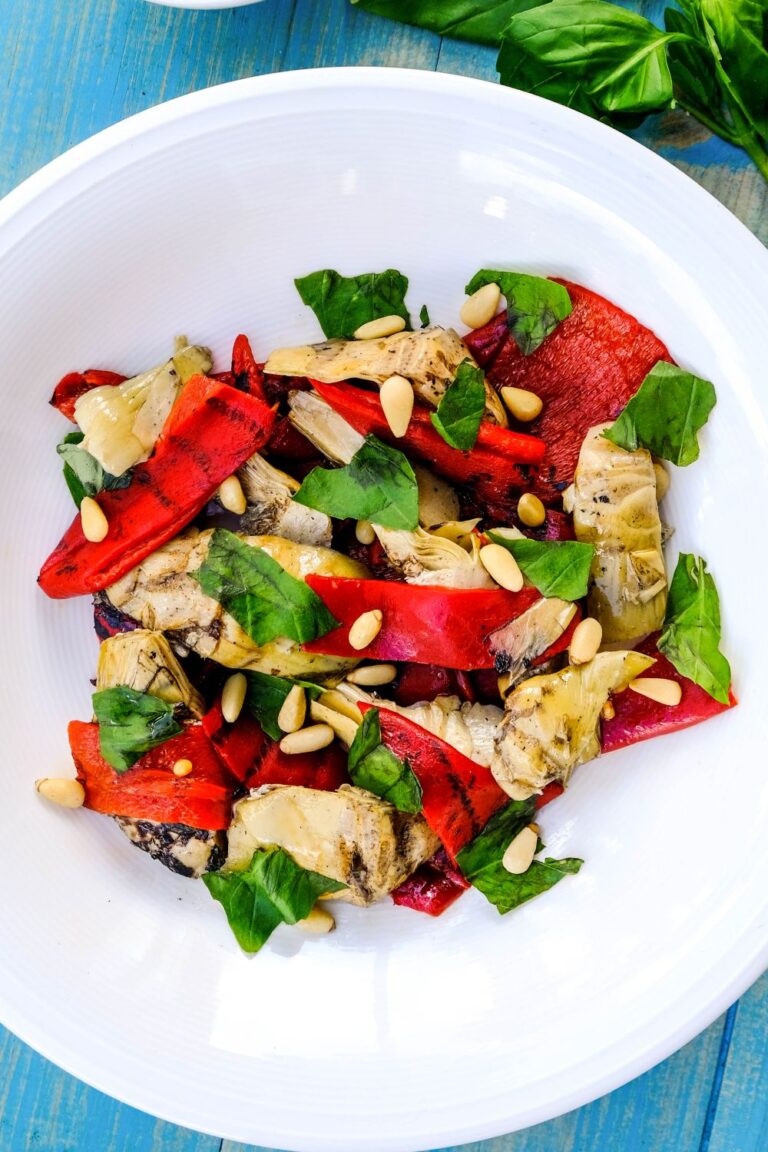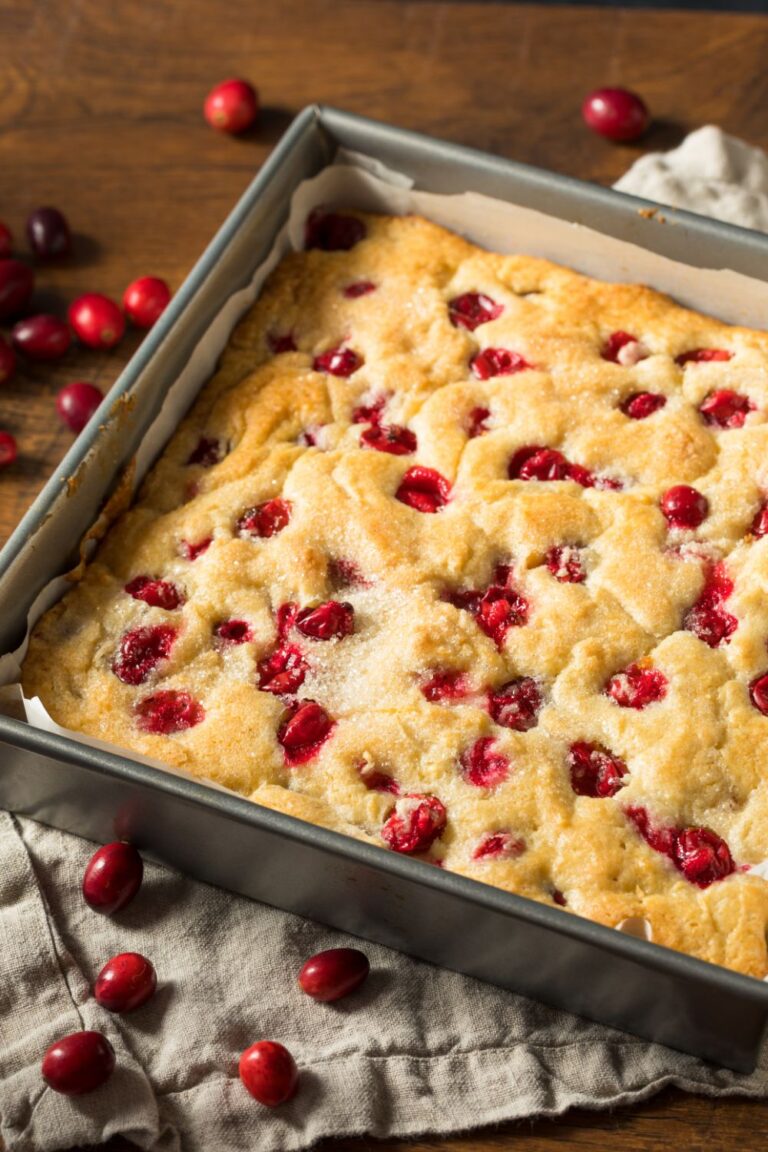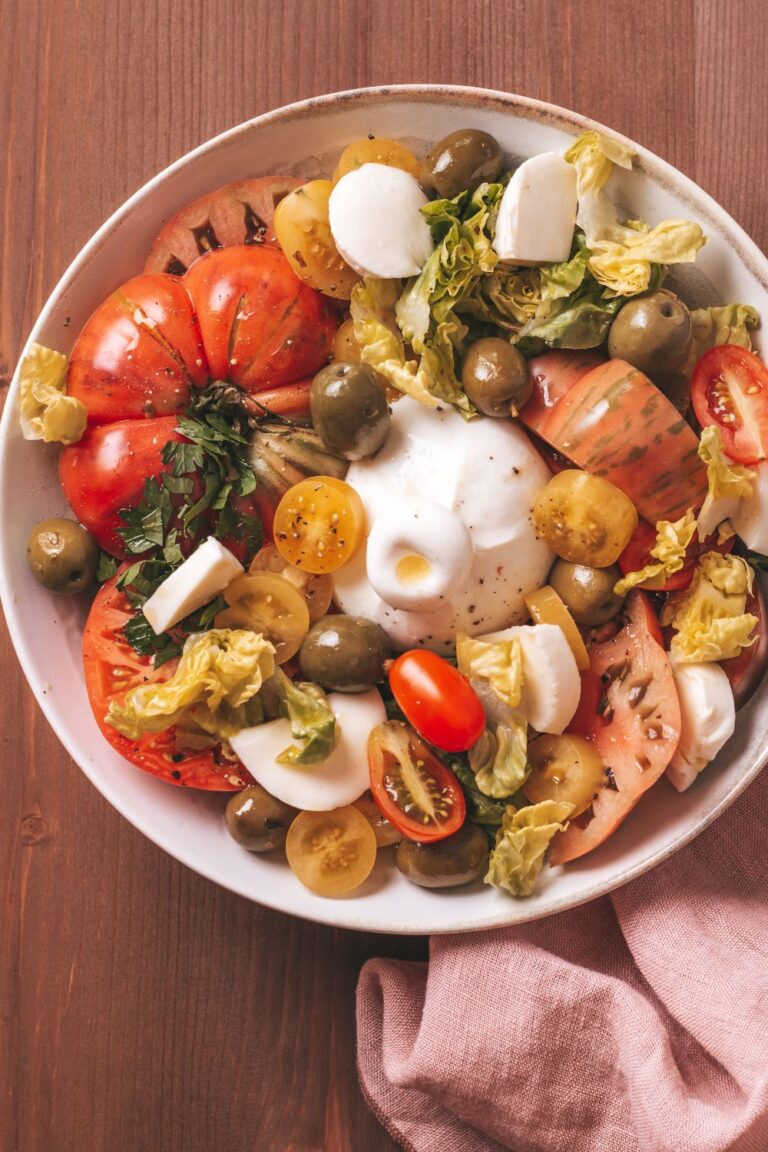Pecorino is an illustrious term that encompasses both a distinguished family of Italian cheeses and a delightful variety of wine, each boasting a rich history and a profound cultural significance. Originating from Italy, the term “pecorino” is derived from “pecora,” meaning sheep, indicating that traditional pecorino cheese is crafted from sheep’s milk. Among the varieties, Pecorino Romano is perhaps the most renowned, heralded for its sharp, salty flavor that intensifies with age. This cheese is often used as a robust alternative to Parmesan, especially in pasta dishes and as a flavorful addition to a cheese board.

Aside from the cheese, pecorino also refers to a lesser-known but equally cherished Italian wine. Pecorino wine, predominantly produced in the regions of Marche and Abruzzo, is appreciated for its crisp, aromatic profile, making it a favorite among white wine enthusiasts. The grape used in this wine is believed to have been named for its popularity among sheep that grazed in the vineyards. This dual use of the term “pecorino” highlights Italy’s deep agricultural roots and its ongoing influence on global culinary and viticultural practices.
Kitchen Tools Needed
Ingredients for Making Pecorino Cheese
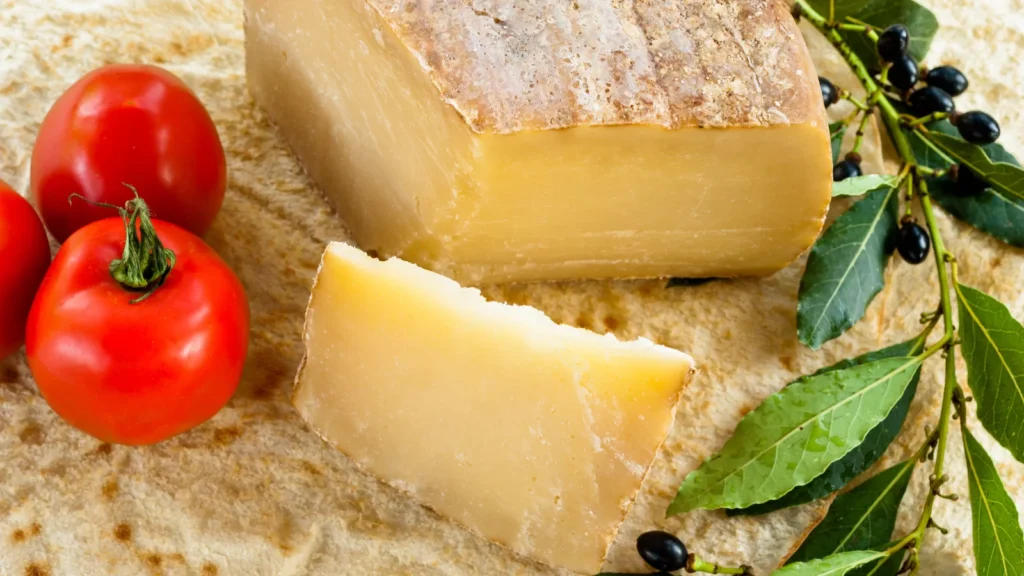
How To Make Pecorino Cheese?
Preparing the Milk
Begin by heating the sheep’s milk in a cheese vat. It’s essential to slowly bring the temperature up to about 90°F (32°C). Constant monitoring with a thermometer is crucial to ensure the milk does not overheat. During this stage, the milk must be stirred gently to prevent scorching at the bottom.
Adding Culture and Rennet
Once the milk reaches the target temperature, add the culture starter. Stir the milk gently to distribute the culture evenly. Allow the milk to ferment for about 60 minutes; this helps develop the flavor and acidity necessary for good cheese. After fermentation, add the rennet to the milk and stir for approximately 2 to 3 minutes to ensure thorough mixing. Stop stirring and let the milk set for about 30 to 45 minutes, or until the curd is firm enough to cut.
Cutting the Curd
Using a curved knife, cut the curd into even cubes, roughly half an inch in size. This size helps expel the right amount of whey while retaining the curd’s moisture necessary for the cheese.
Cooking the Curd
Slowly increase the temperature of the curds and whey to about 115°F (46°C). Stir continuously to prevent the curds from matting at the bottom of the vat. This step is crucial as it toughens the curds and enhances the final texture of the cheese.
Draining and Molding
Once the curds are cooked, remove them from the heat and allow them to settle. Drain the whey and transfer the curds to a cheesecloth-lined mold. The cheesecloth helps remove any remaining whey and molds the cheese into its traditional shape.
Pressing the Cheese
Place the filled molds under a cheese press. Apply moderate pressure initially, then gradually increase the pressure to ensure the cheese forms properly and any excess whey is expelled. The pressing time can vary but generally lasts between 12 to 24 hours.
Salting
Remove the cheese from the molds and immerse it in a salting tub. Cover the cheese entirely with salt or brine, ensuring an even distribution. The cheese should be left in the salt for up to 24 hours, depending on size and desired saltiness.
Aging
Finally, age the cheese in a cool, humid environment. The aging process for Pecorino can vary from a few months to over a year. During this time, the cheese should be turned regularly to ensure even maturation and prevent the growth of unwanted molds.

Shelf life of Cheese
Tips and Tricks

How can we use Pecorino cheese?
Frequently Asked Questions – FAQ’s
Pecorino Cheese
Course: AppetizerCuisine: ItalianDifficulty: Easy4
servings10
minutes110
kcalIngredients
Sheep’s Milk – The primary and essential ingredient, rich in fat and protein, perfect for cheese-making.
Rennet – An enzyme used to coagulate the milk, forming curds and whey. It can be animal-based or microbial.
Culture Starter – Bacteria added to the milk to start the fermentation process, affecting the flavor and texture of the cheese.
Salt – Used to enhance flavor and as a preservative to extend the cheese’s shelf life.
Directions
- Begin by heating the sheep’s milk in a cheese vat. It’s essential to slowly bring the temperature up to about 90°F (32°C). Constant monitoring with a thermometer is crucial to ensure the milk does not overheat. During this stage, the milk must be stirred gently to prevent scorching at the bottom.
- Once the milk reaches the target temperature, add the culture starter. Stir the milk gently to distribute the culture evenly. Allow the milk to ferment for about 60 minutes; this helps develop the flavor and acidity necessary for good cheese. After fermentation, add the rennet to the milk and stir for approximately 2 to 3 minutes to ensure thorough mixing. Stop stirring and let the milk set for about 30 to 45 minutes, or until the curd is firm enough to cut.
- Using a curved knife, cut the curd into even cubes, roughly half an inch in size. This size helps expel the right amount of whey while retaining the curd’s moisture necessary for the cheese.
- Slowly increase the temperature of the curds and whey to about 115°F (46°C). Stir continuously to prevent the curds from matting at the bottom of the vat. This step is crucial as it toughens the curds and enhances the final texture of the cheese.
- Once the curds are cooked, remove them from the heat and allow them to settle. Drain the whey and transfer the curds to a cheesecloth-lined mold. The cheesecloth helps remove any remaining whey and molds the cheese into its traditional shape.
- Place the filled molds under a cheese press. Apply moderate pressure initially, then gradually increase the pressure to ensure the cheese forms properly and any excess whey is expelled. The pressing time can vary but generally lasts between 12 to 24 hours.
- Remove the cheese from the molds and immerse it in a salting tub. Cover the cheese entirely with salt or brine, ensuring an even distribution. The cheese should be left in the salt for up to 24 hours, depending on size and desired saltiness.
- Finally, age the cheese in a cool, humid environment. The aging process for Pecorino can vary from a few months to over a year. During this time, the cheese should be turned regularly to ensure even maturation and prevent the growth of unwanted molds.
Recipes you can use Pecorino cheese. Have a look
Super Yummy Jalapeno Popper Chicken Recipe
Conclusion
Pecorino cheese stands out in the world of dairy for its robust and versatile character, deriving from the rich, creamy milk of sheep. With its deep roots in Italian culinary tradition, Pecorino adds a burst of flavor that enhances any dish, from classic pastas and risottos to salads and soups. Whether you’re savoring it freshly grated over warm dishes or enjoying it as part of a sophisticated cheese platter, Pecorino offers a taste experience that bridges generations and geographies.
Its ability to be both a staple in everyday cooking and a standout in gourmet cuisine underscores its enduring appeal and adaptability. For those looking to explore the depths of cheese flavors, Pecorino cheese is a delightful and essential journey.

